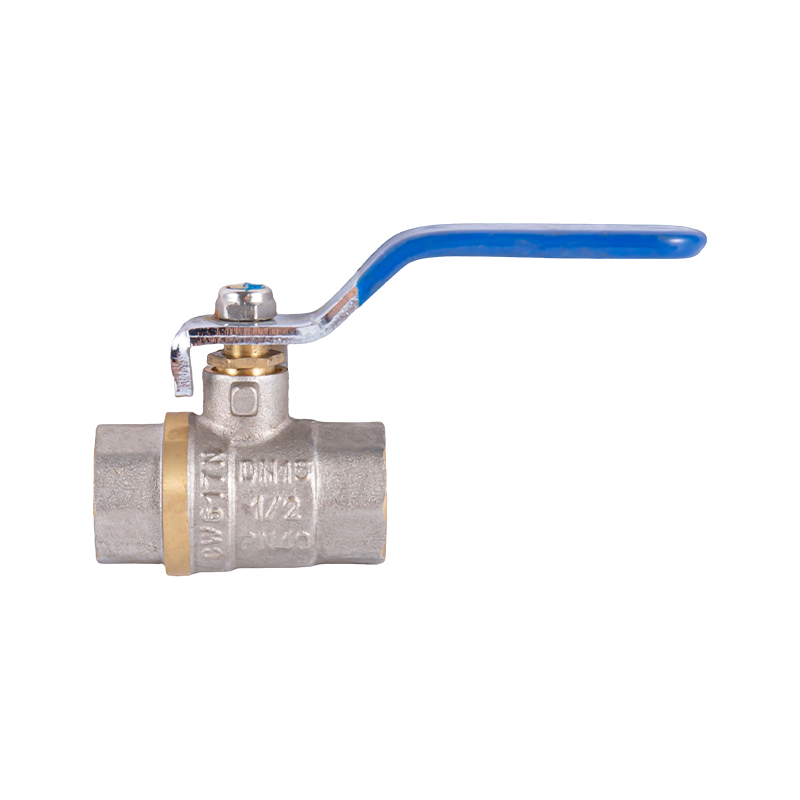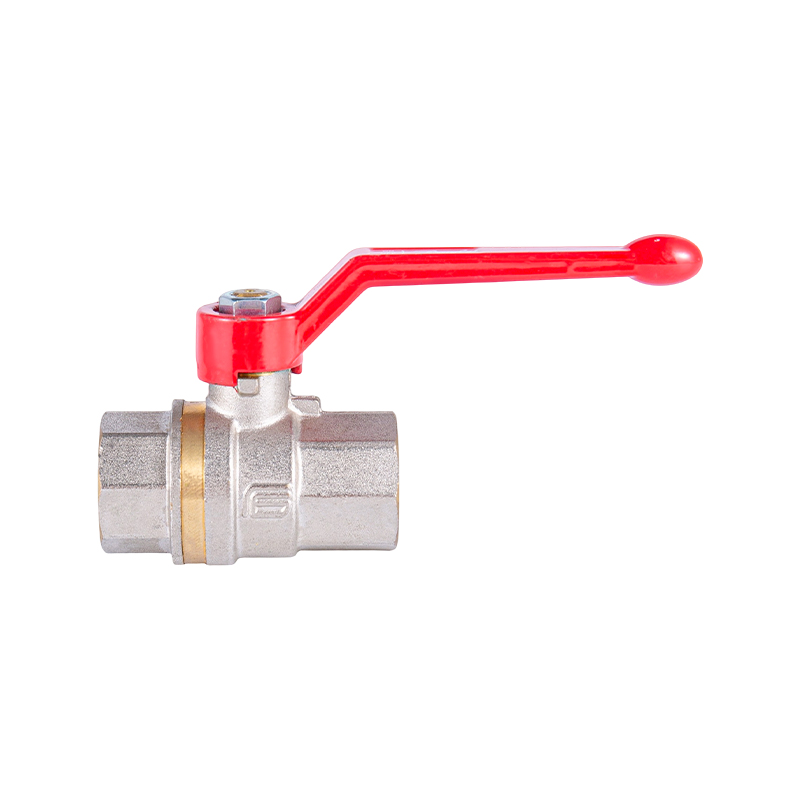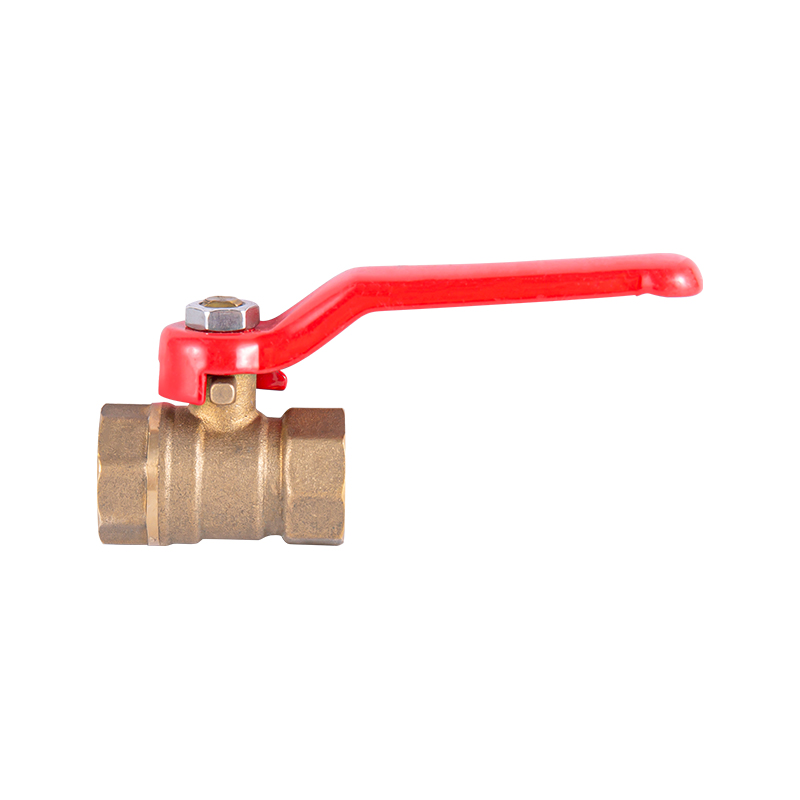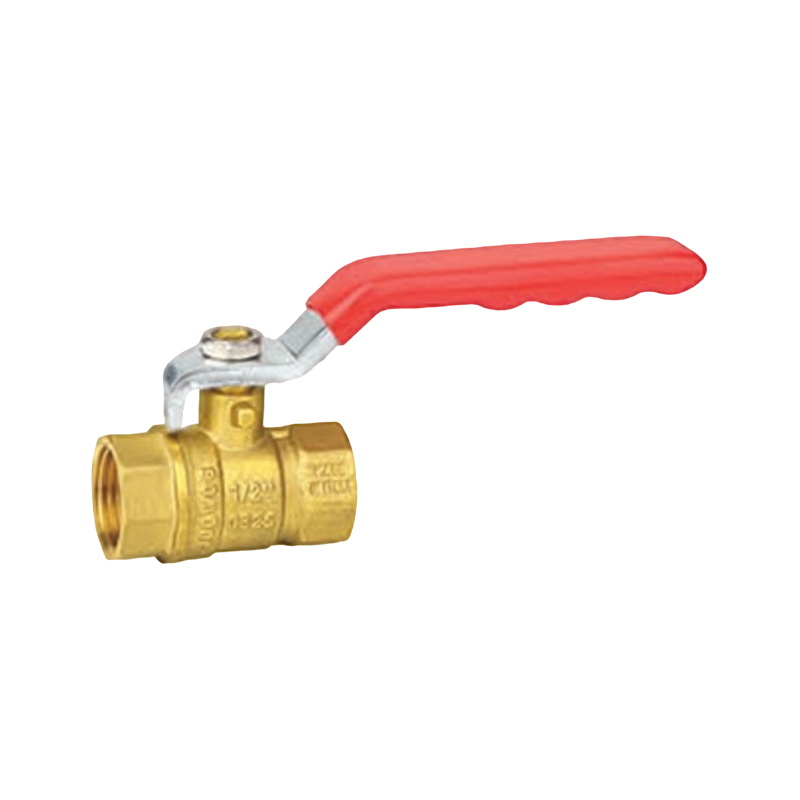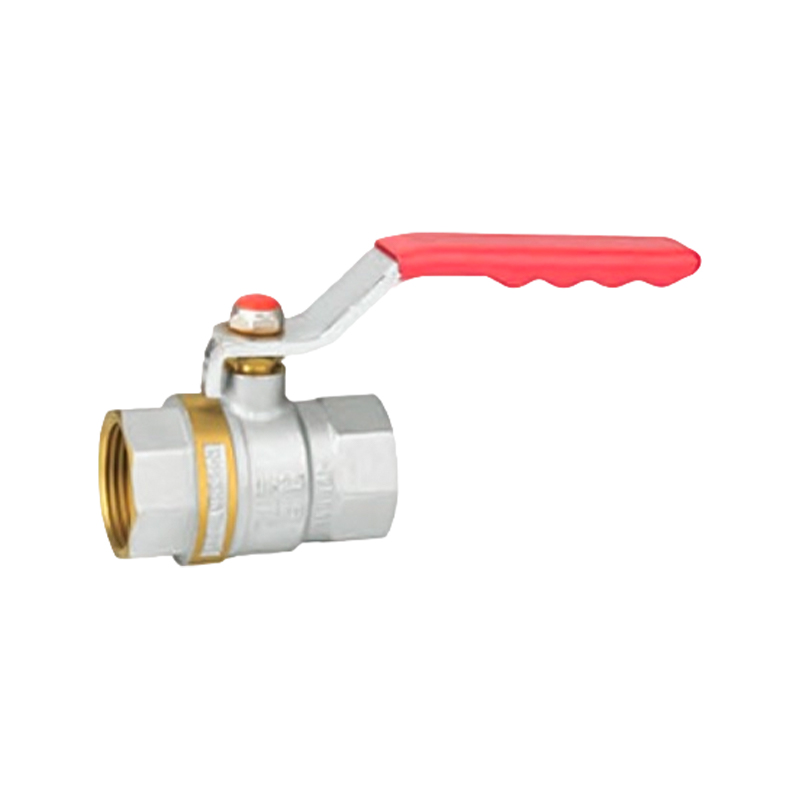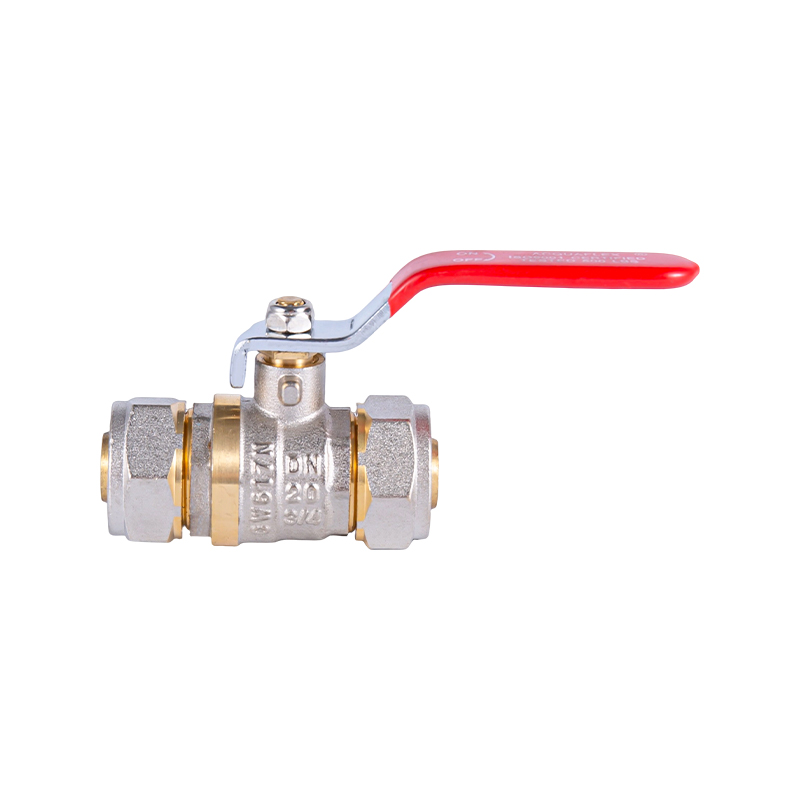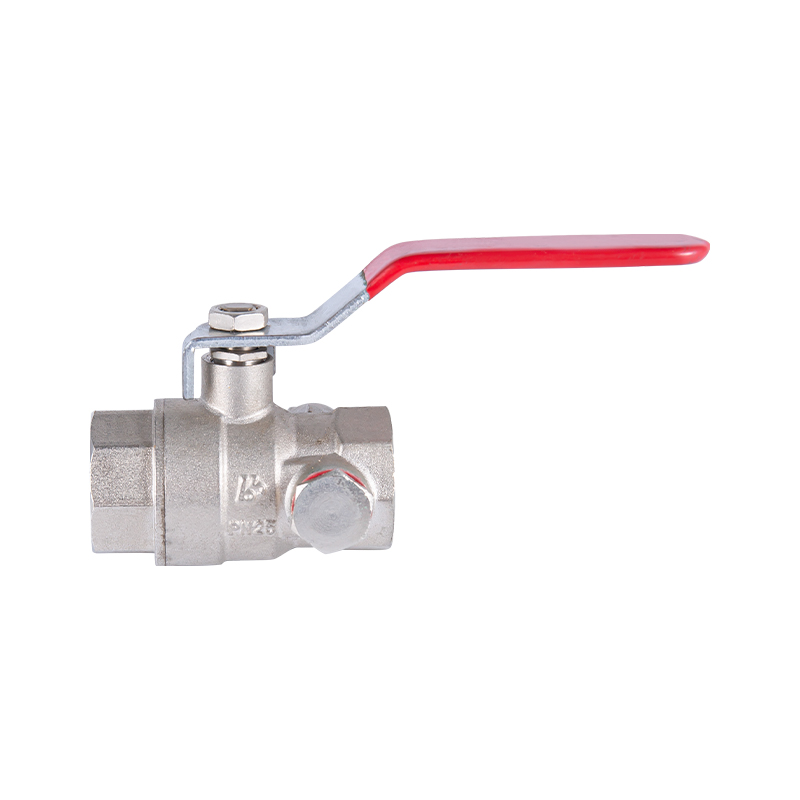How to Maintain and Clean Ball Valves for Long-Term Reliability
In plumbing, industrial, and HVAC systems, ball valves play a crucial role in controlling the flow of liquids and gases. Known for their simple design and dependable operation, valves are often chosen for both residential and commercial applications. While these valves are built for durability, regular maintenance and proper cleaning can greatly extend their service life and ensure consistent performance.
Even though ball valves are generally low-maintenance components, they are still exposed to water, chemicals, or environmental conditions that can result in buildup, corrosion, or wear over time. Without regular checks, valves may develop leaks, become harder to operate, or clog. Scheduled maintenance helps prevent these issues and ensures the valve continues to function smoothly.
Whether you’re working with ball valves in a home plumbing system or a factory pipeline, routine care protects the investment and reduces the risk of unexpected downtime.
Regularly check ball valves for signs of leaks, especially around the seals and connection points. A small leak can result in larger problems if ignored. Visual inspections every few months, or as part of an annual maintenance routine, can catch issues early.
If a ball valve remains in one position for an extended period, it may become stiff or seize up. To prevent this, turn the valve handle a few times occasionally to keep internal parts moving freely. This practice is especially helpful in systems where ball valves serve as emergency shutoffs.
Depending on the fluid and environment, ball valves can develop corrosion over time, particularly if made from metal. Inspect the valve’s body and connections for discoloration, rust, or buildup. Address any signs of corrosion promptly to prevent further damage.
Keeping ball valves clean helps maintain reliable operation and extends their service life. Here’s how to clean them safely and effectively:
Before cleaning any ball valves, ensure the system is fully shut down and depressurized. This step is critical for both safety and to avoid spills during the cleaning process.
In some cases, it’s easier to clean a ball valve by removing it from the pipeline. Use appropriate tools to disconnect the valve carefully, making note of how it’s installed for reassembly later.
Use a cloth, soft brush, and mild detergent to wipe down the outside of the valves. This removes dirt, dust, or chemical residue that might affect the valve’s operation or appearance.
For ball valves used in water systems, flush the interior with clean water to remove any sediment or buildup. If the valve handles chemicals or oils, consult the manufacturer's guidelines for suitable cleaning agents. Avoid abrasive materials that could scratch internal surfaces.
Some ball valves benefit from occasional lubrication. Apply a food-grade or compatible lubricant to the valve stem and handle pivot points. This reduces wear and helps the valve operate smoothly.
Once cleaned, reinstall the ball valve if it was removed. Gradually restore system pressure and test the valve for proper operation and seal integrity.
The frequency of ball valve maintenance depends on the type of fluid, system pressure, and environmental conditions. Residential plumbing systems may require annual checks, while industrial or chemical processing systems might need more frequent inspections. Following a regular maintenance schedule helps avoid unexpected failures and ensures the valves continue to perform as intended.
Maintaining and cleaning ball valves is a simple yet important task that supports the long-term reliability of plumbing and industrial systems. By conducting routine inspections, operating valves periodically, and addressing corrosion or buildup promptly, you can extend the lifespan of valves and avoid costly repairs.
With a few basic tools and attention to detail, homeowners and facility managers alike can keep their valves in ideal condition. As reliable components in modern fluid management systems, well-maintained ball valves play a valuable role in efficient, trouble-free operation.
-
Feedback


 English
English 中文简体
中文简体 русский
русский Email us now!
Email us now!
